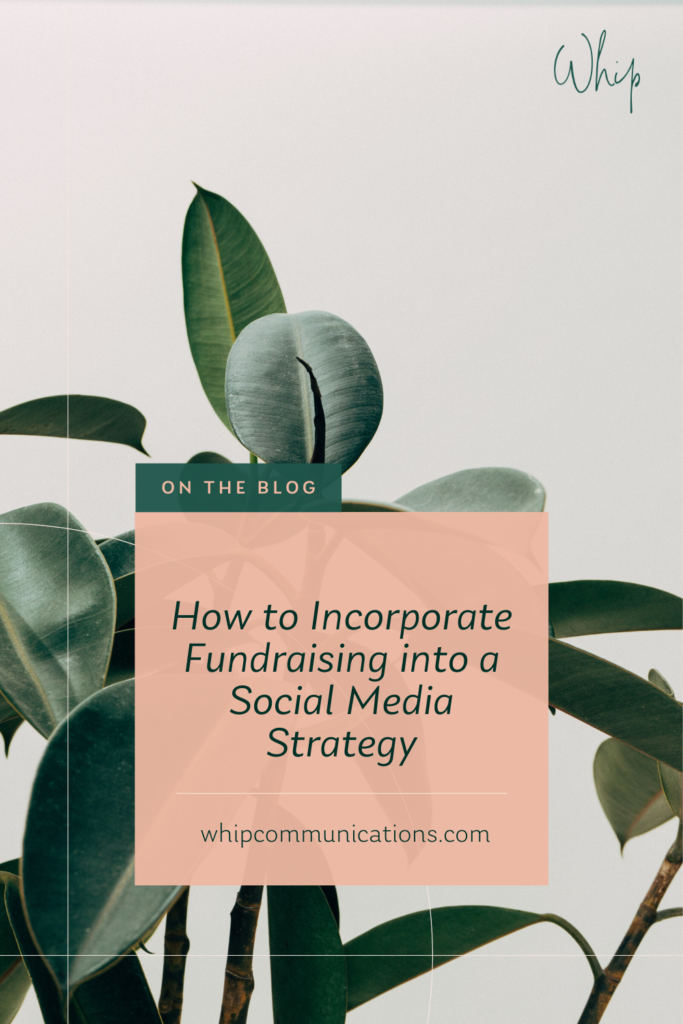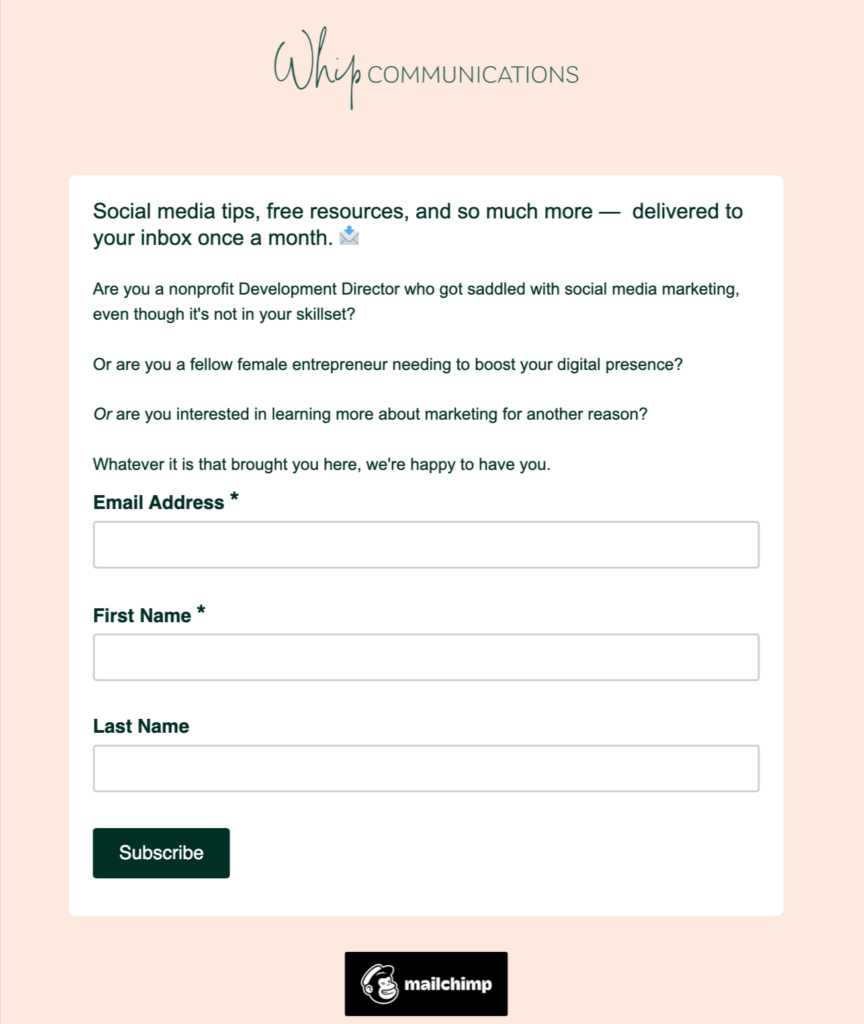It’s 2022 — by now, everyone knows that social media is a great tool for marketing, which is why almost every business and organization has some form of social media. But social media is also a useful — and free — tool for nonprofit organizations to raise money throughout the year.
Yes, the rise of social media has created an opportunity for annoying trolls to come out of the woodwork, but we’re able to discover things — like businesses, organizations, and nonprofits — that we didn’t know existed through a couple of taps on our phones.
One underrated benefit of social media, even for small organizations, is that it can attract new donors and keep existing donors engaged. For example: did you know that you can add a “Donate” sticker on an Instagram story to raise money right in the app?
Here are more tips for how to incorporate fundraising into your social media strategy.
Keep existing audiences engaged
Both existing and potential donors want to see where their money went — and how it benefited the cause that your organization serves. As a result, nonprofits should use social media to promote the work they do and how donor funds have helped.
Digitally connecting with customers is important now more than ever. Having a social media presence not only broadens your reach, but it keeps you relevant to those already loyal to the brand.
Posting content about your cause keeps your existing audience engaged and aware of the organization’s work. Posts can include on-the-ground work, initiatives, or new campaigns. Being transparent and consistent on social media will keep people invested in the organization.
This post from charity:water is a perfect example of how to share the impact of a donation with followers.

Amplify your message
On average, only 5% of your page followers see your posts. Spoiler alert: that’s not a lot.
But across social media, advertising tools can help you target a certain demographic, geographic location, and more. We always tell clients that ads on social media really do go a long way, and it doesn’t take a lot of funds to boost a Facebook post. You can get started with any amount of money (even $10)!
If you’ve launched a fundraising campaign on social media, boosting it can help broaden your reach with the people who are already following you — aka people who are invested in and familiar with your mission, so are more likely to donate than people who are new to you.
It may feel counterintuitive to spend money when you’re trying to raise money, but isn’t that what business people always say? “You gotta spend money to make money!”
Build a following for email fundraising
Email marketing is a huge strategy for fundraising, and many organizations think of social media and email as two separate, siloed work streams. But that shouldn’t be the case! Email and social media are symbiotic and should be synchronized in your organization.
Social media can absolutely level up your email fundraising campaigns.
Firstly, because marketing is a funnel, think of social media as an entry point for people. A follow on Facebook turns into a click to your blog, and that turns into a sign-up for your email newsletter. Use your social media channels to guide an interested audience into a great cause! (Circle back to tip #1 about digitally connecting and check out our blog on how to tell your story for more advice on doing this effectively)
Having a loyal, engaged following on social media sets your organization’s email campaigns up for success because many of the people engaging on social media will be the ones engaging with emails, too.
Secondly, because they are connected, you can — and should! — use social media to drive email signups directly. Many email systems (including Mailchimp, one of the most popular choices for small orgs) allow you to build a landing page that collects email addresses.
Post that link on social media and share what users will get when they sign up for emails. Whether it’s a weekly update from the field or quarterly impact reports, let people know what to expect, then ask them to sign up for emails directly. Here’s what ours looks like:
Pin this for later! 📌



Be the first to comment